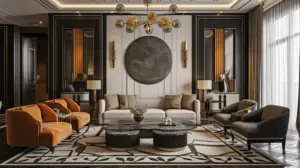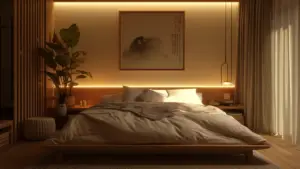Free Shipping On All Orders
Modern Colonial Interior Design: 8 Must-Have Elements
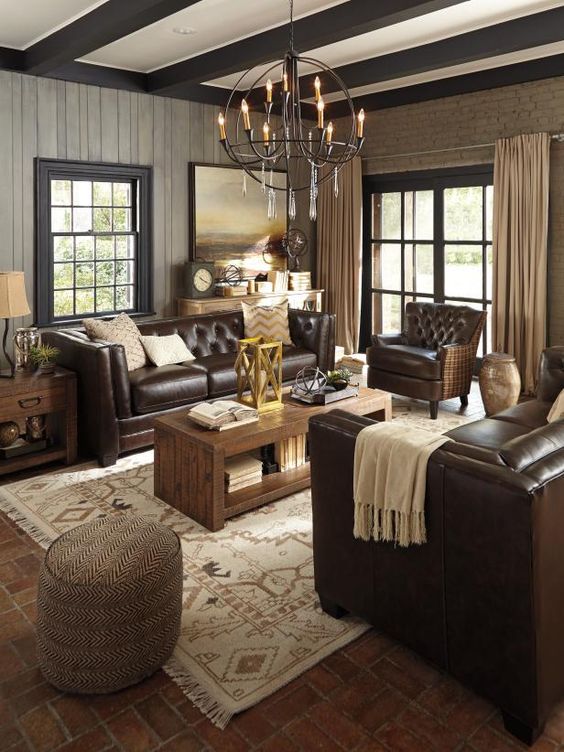
Picture this: You walk into a room, and you’re immediately captivated. It’s elegant, yet comfortable, traditional, yet fresh. It’s a paradox of design that feels utterly perfect. Welcome to the world of modern colonial interior design.
This unique style melds the grandeur of colonial aesthetics with a clean, contemporary edge, weaving a design tapestry that’s as timeless as it is trendy. It’s about paying homage to the past while embracing the present, striking a balance that results in truly eye-catching spaces.
In this post, we’re going to explore the heart of modern colonial interior design—its core elements. But this isn’t about strict rules or rigid blueprints. After all, the best design is one that reflects your personal tastes. Instead, we’ll be focusing on eight must-have elements that give this style its distinctive charm.
From the allure of hardwood floors and ornate trim to the chic simplicity of a neutral color palette, these elements will guide you on your journey to creating a space that’s uniquely you, yet undeniably modern colonial.
So whether you’re a seasoned design aficionado seeking fresh inspiration, or a newbie looking to transform your living space, there’s something here for you. Get ready to dive deep into the world of modern colonial interior design, and let’s create some design magic together!
History and Origins of Modern Colonial Interior Design
Dive into the realm of modern colonial interior design, and you’re stepping into a rich tapestry woven with threads of history and innovation. This design style is far from a recent trend; instead, it’s the product of a centuries-long evolution, a beautiful blend of old-world charm and contemporary aesthetics.
The origins of modern colonial design trace back to the European colonial era, when settlers brought their home country styles to new lands. These designs, influenced by diverse cultures and local materials, evolved into distinctive colonial styles. American, Dutch, Spanish, and French colonial designs each have unique characteristics, but they all share an appreciation for craftsmanship and detail.
Fast forward to today, and the essence of these historical styles is still alive in modern colonial interior design. But there’s a twist. The heavy ornamentation has been pared down, the color palettes have been refined, and the layouts have been opened up. The result? A design style that marries the elegance of yesteryears with the sleek minimalism of today.
This historical context isn’t just trivia; it’s the foundation of modern colonial design. Understanding it allows us to appreciate the style on a deeper level and use it in a way that feels authentic and personal. So, as we venture into the eight must-have elements of modern colonial design, remember: you’re not just decorating a room; you’re telling a story, a narrative of design that spans continents and centuries.
8 key elements that are necessary for a successful modern colonial interior design
If you’re looking for a design style that combines classic colonial charm with modern aesthetics, then modern colonial interior design might be just what you need. With eight key elements, you can achieve a contemporary modern colonial interior design that’s both stylish and functional. Mixing traditional and modern pieces, natural materials, and vibrant pops of color is key to nailing this look. Incorporating furniture with ornate details, such as carved wood or oversized botanical prints, can add a sense of history and sophistication. Meanwhile, neutral color schemes with pops of bold, saturated hues keep things fresh and on-trend. Whatever your design goals may be, a modern colonial interior can provide the perfect balance of old and new for an inviting and stylish space.
1. Floors
Dark hardwood floors or patterned tiles create a classic colonial feel, while modern concrete or marble floors add a sleek twist. No matter which option you choose, your floors will be sure to complement and enhance the overall look of your space. So, embrace this fusion of past and present with modern colonial interior design and elevate your home to a whole new level of elegance.
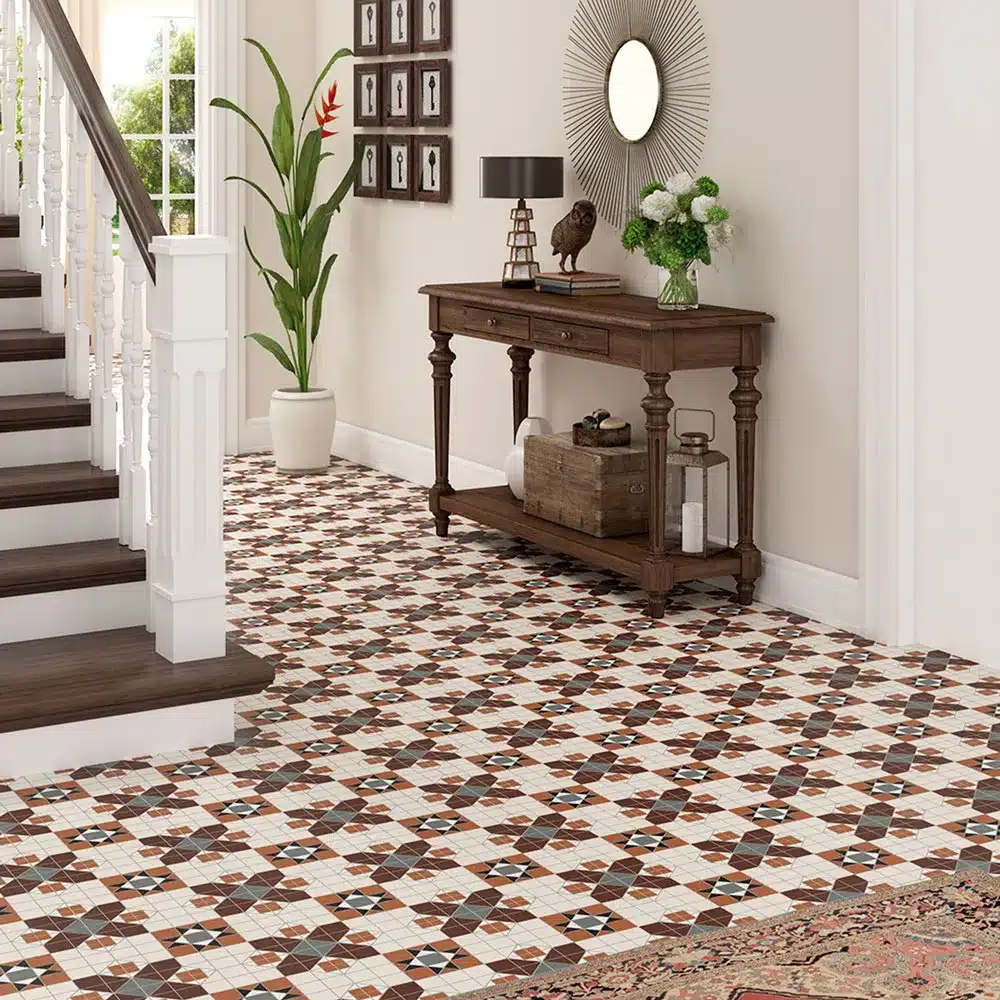

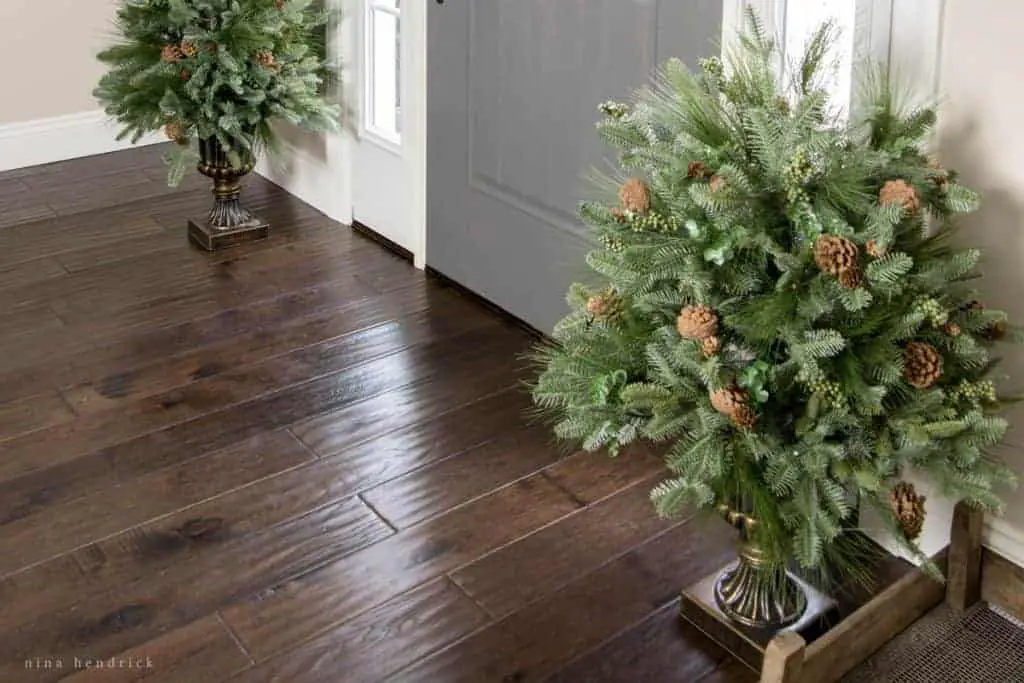
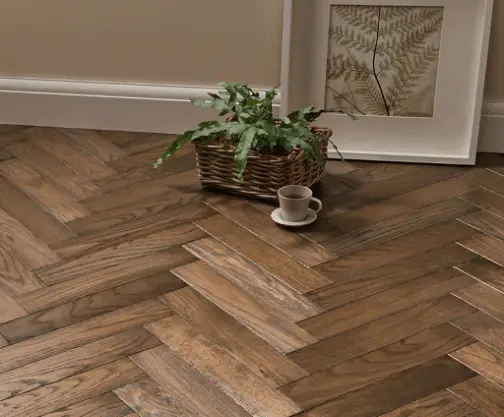
2. Walls
Modern colonial interior design is a perfect blend of the classic colonial style and contemporary modern elements. When it comes to walls, this design typically features light and neutral shades like beige, cream, and white with a hint of texture. For example, shiplap walls or beadboard walls can add a charming rustic charm to the space. Adding natural wood paneling to the walls can also create a warm and inviting ambiance. Additionally, to add a touch of elegance to the room, consider using wallpaper with delicate botanical prints or geometric patterns. With this interior design, you have plenty of options to play around with to create your ideal space.
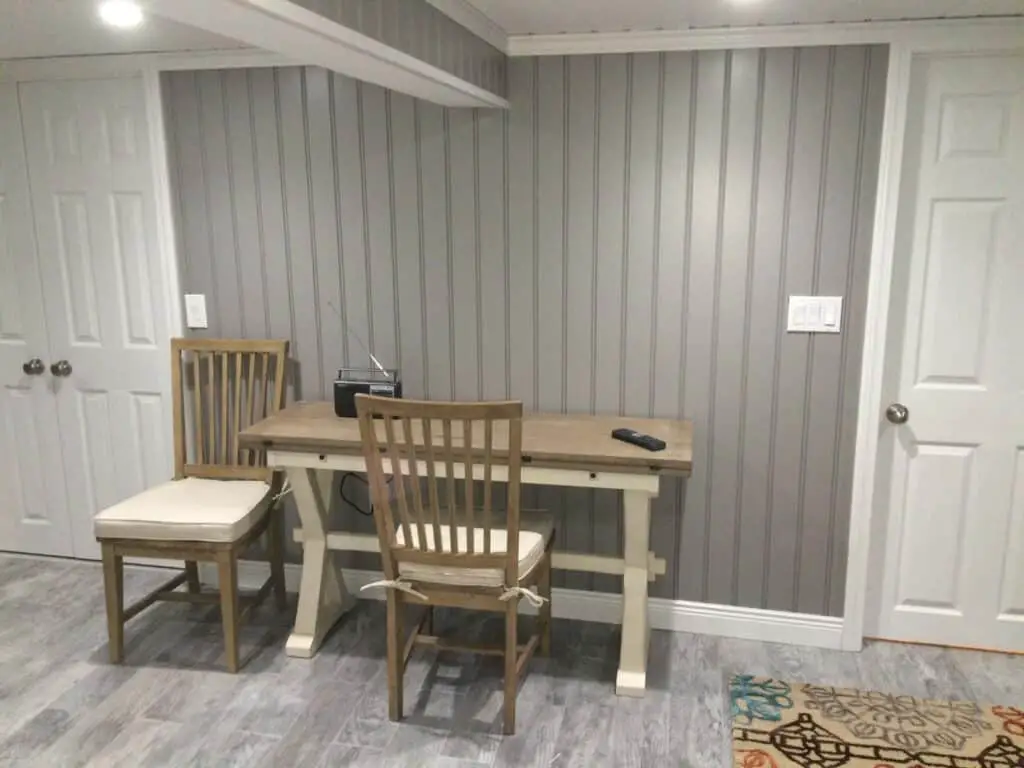
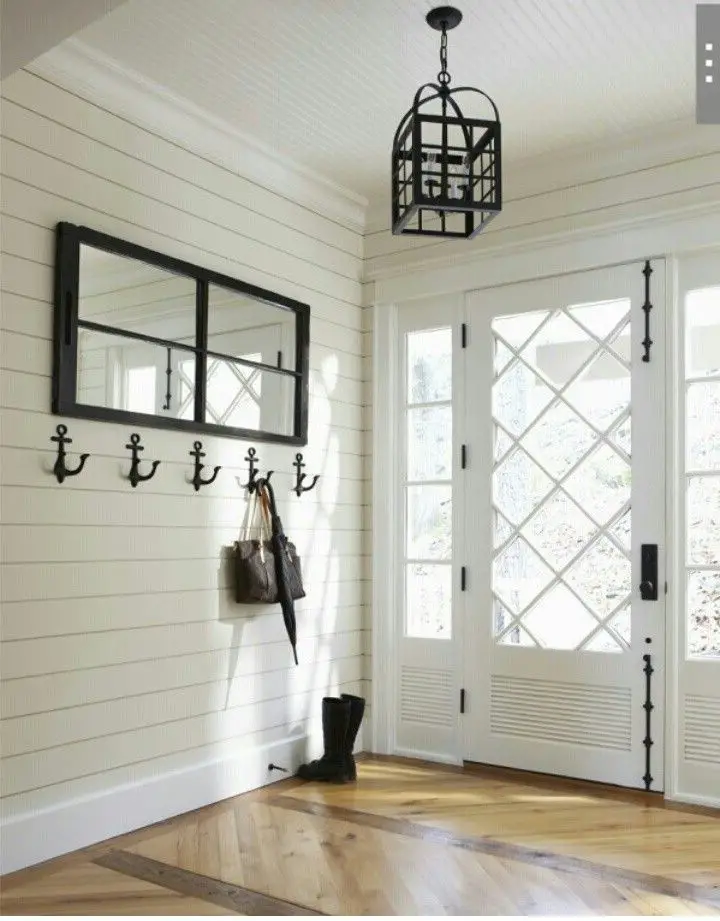
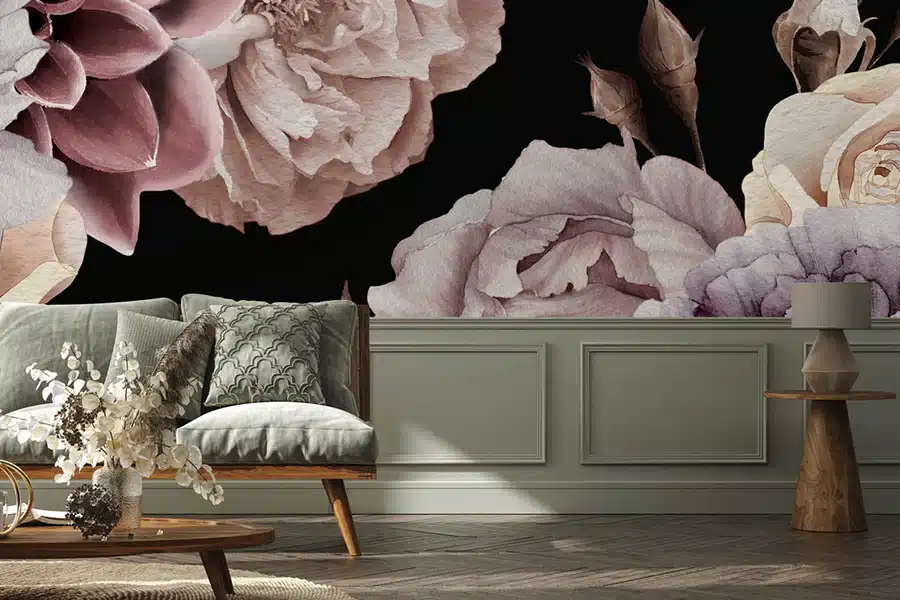
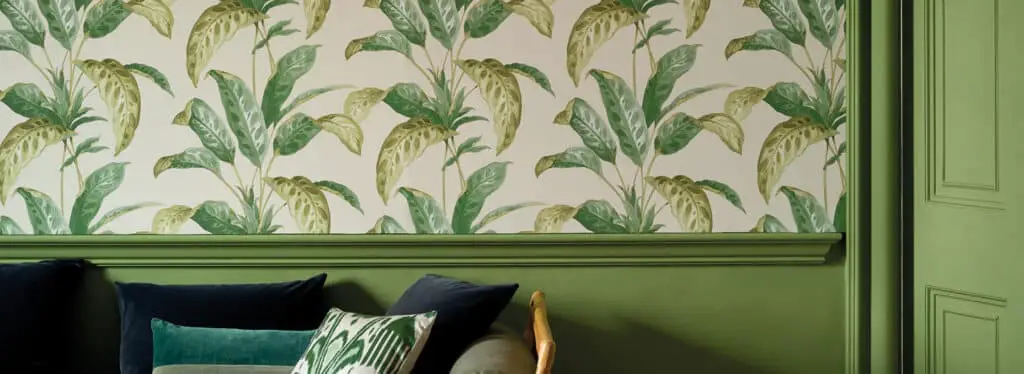
3. Furniture
Modern colonial interior design is a style that creates a unique and sophisticated look. This style is often characterized by clean lines, neutral color schemes, and a focus on natural materials. When it comes to furniture, modern colonial interior design includes pieces that are both functional and stylish. Some specific examples of furniture that fit into this style include leather sofas, wooden coffee tables, and woven area rugs. These pieces help to create a warm and inviting atmosphere in any room, while also adding a touch of elegance and sophistication. Whether you’re looking to redecorate your living room, bedroom, or dining room, contemporary modern colonial interior design is a versatile and timeless style that is sure to impress.

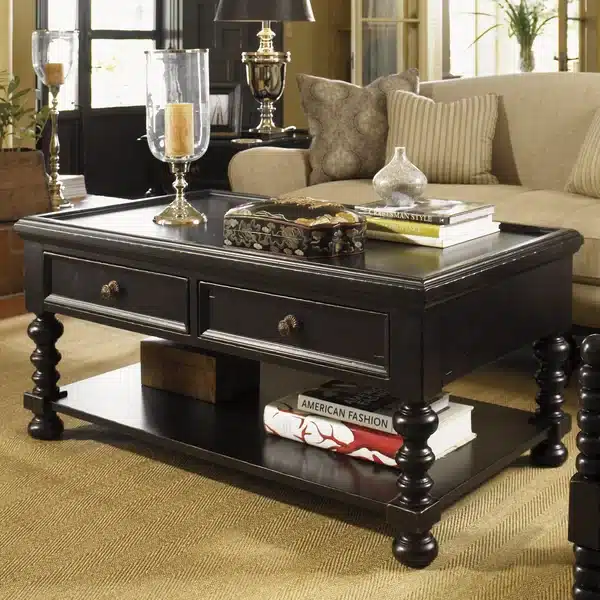
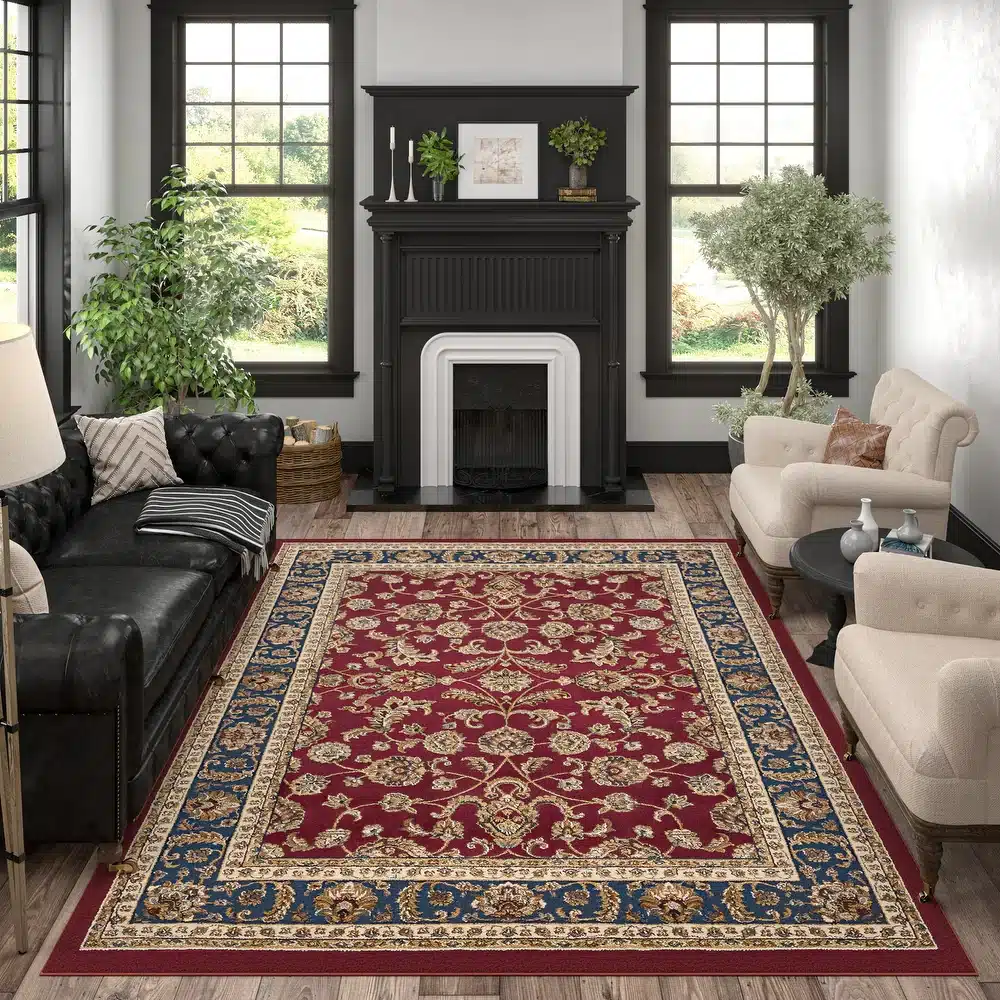
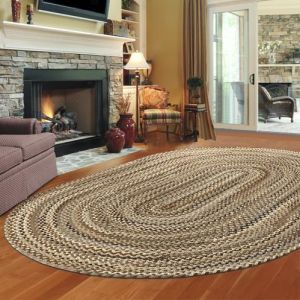
4.Lighting
One key aspect of this design style is lighting. In modern colonial interiors, lighting can add a touch of elegance and sophistication to the space. Chandeliers, sconces, and pendant lights are all great options for lighting in this style. These types of lighting fixtures can provide a warm and inviting ambiance and create a focal point in the room. For a more modern twist, statement lighting fixtures with unique shapes and designs can add a touch of contemporary style to the space. Regardless of which type of lighting you choose, incorporating it into a modern colonial interior design will take your space to the next level.
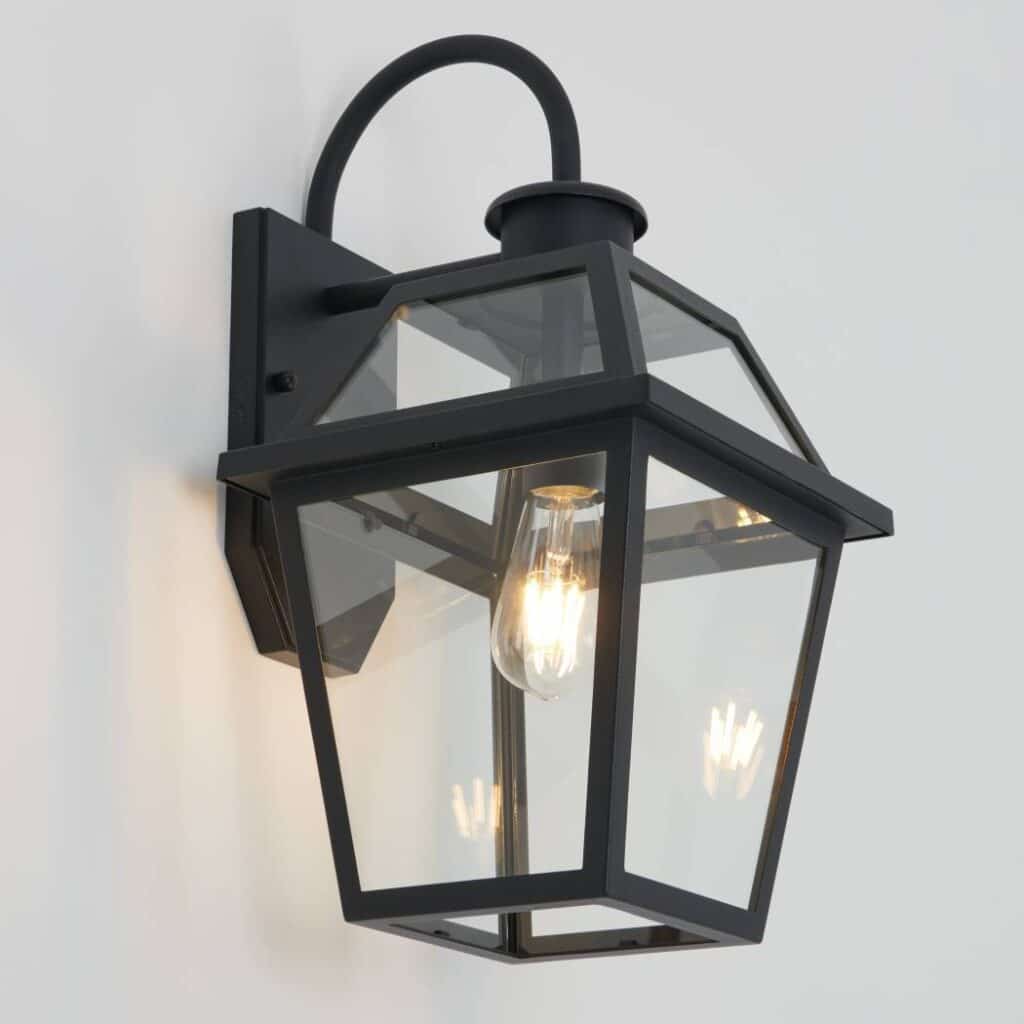
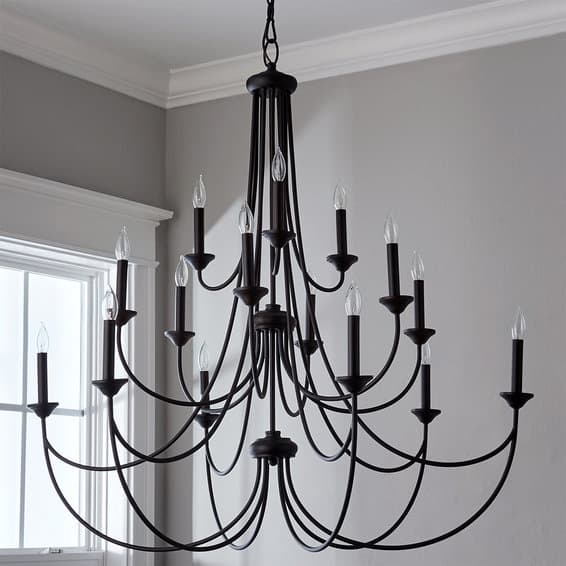

5. Textiles
Modern colonial interior design brings together the charm of traditional colonial style with contemporary elements to create a fresh, new look. Textiles play a crucial role in achieving this aesthetic. The right choices can add texture, color, and pattern to your space, bringing life to any room. Think about incorporating natural materials such as linen, jute, or rattan. These materials bring both visual and tactile texture to your space. You can also add vintage or antique rugs or throws with intricate patterns to contrast against modern furnishings. Choosing textiles with warm, earthy tones can give your space a cozy, comfortable feel that is characteristic of the modern colonial style. If done tastefully, it’s possible to achieve a beautiful balance between the old and the new with your choice of textiles.
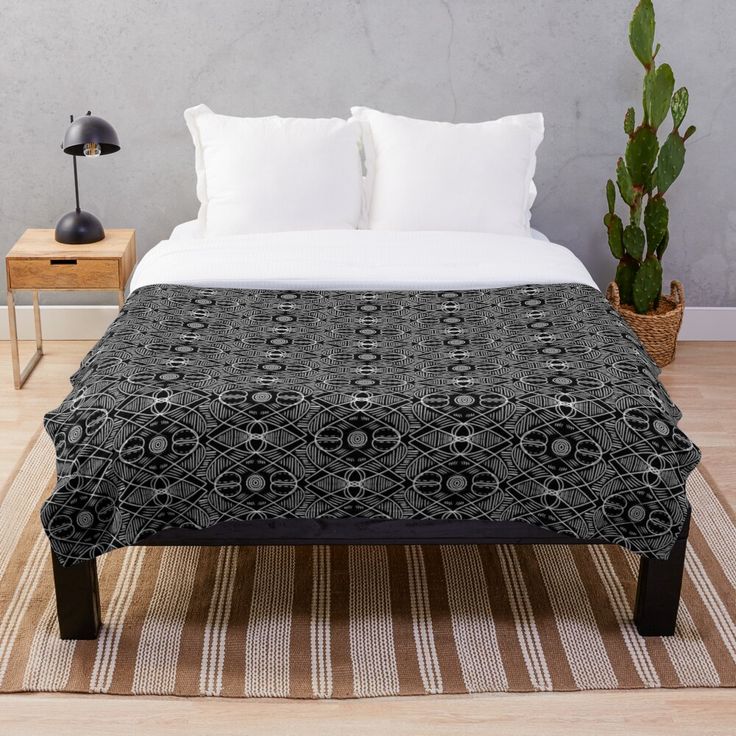
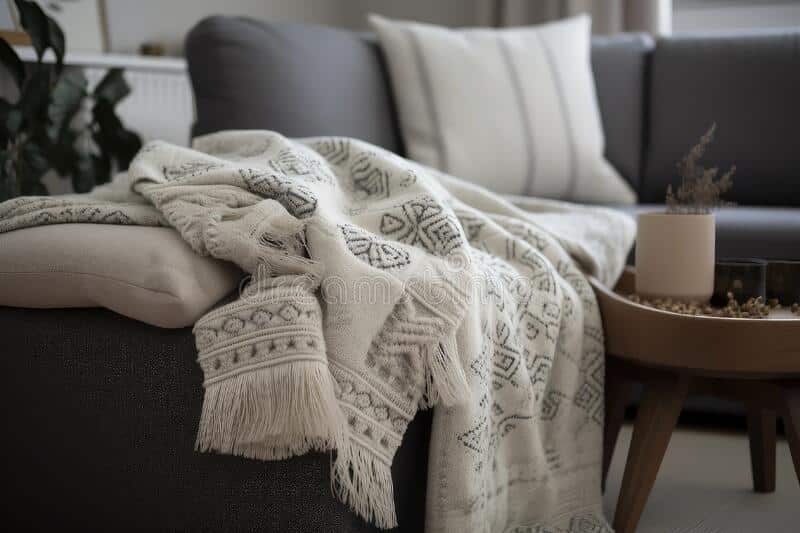
6. Finishes
To achieve the modern colonial interior design look, consider incorporating finishes such as polished concrete floors, glossy white cabinetry, and natural stone accents. These finishes perfectly complement the timeless aesthetic of modern colonial interior design. Give your home a fresh new look with this charming and sophisticated design style.
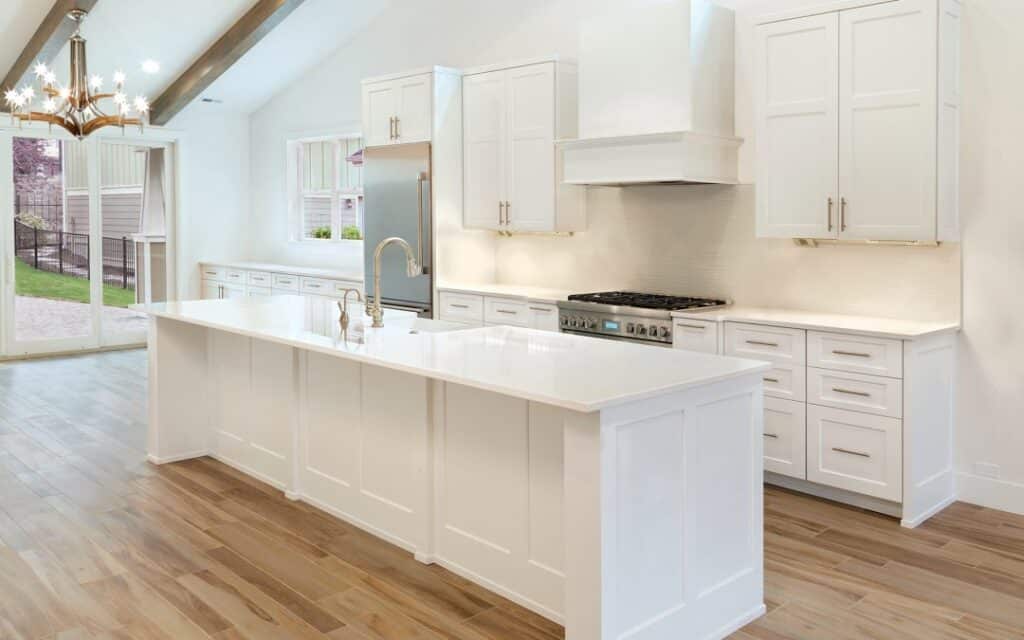
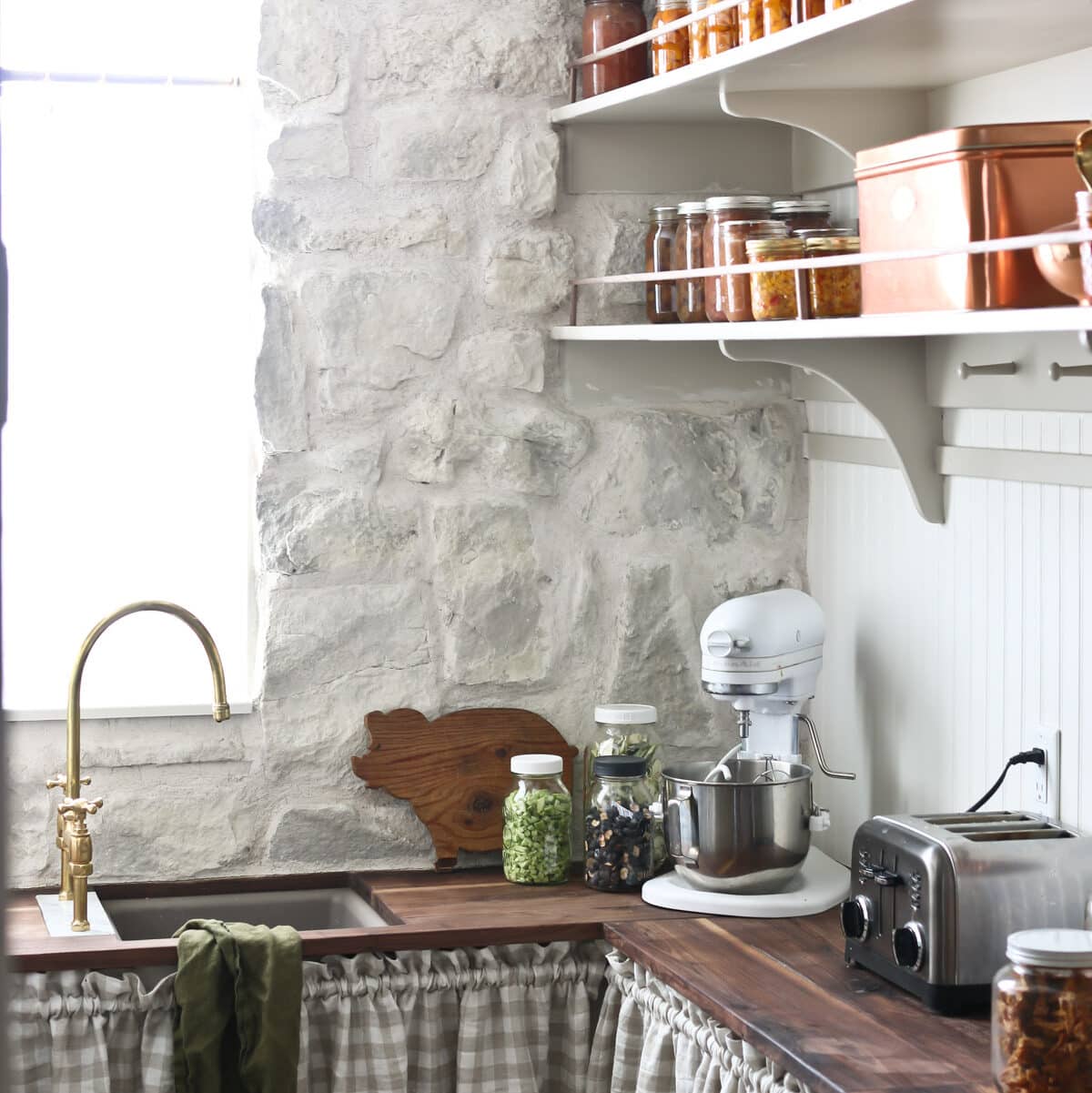
7. Colors
One of the essential components of the modern colonial interior design style is the color scheme. To achieve the desired aesthetic, it’s crucial to choose the perfect color palette. The tones should be warm and soothing, such as a muted beige, creamy white, deep navy blue, and shades of green. Specific examples that fit into this style might include Benjamin Moore’s “Revere Pewter” or Sherwin Williams’ “Waterscape.” So why not go ahead, experiment, and bring that charming colonial essence to life in your home?
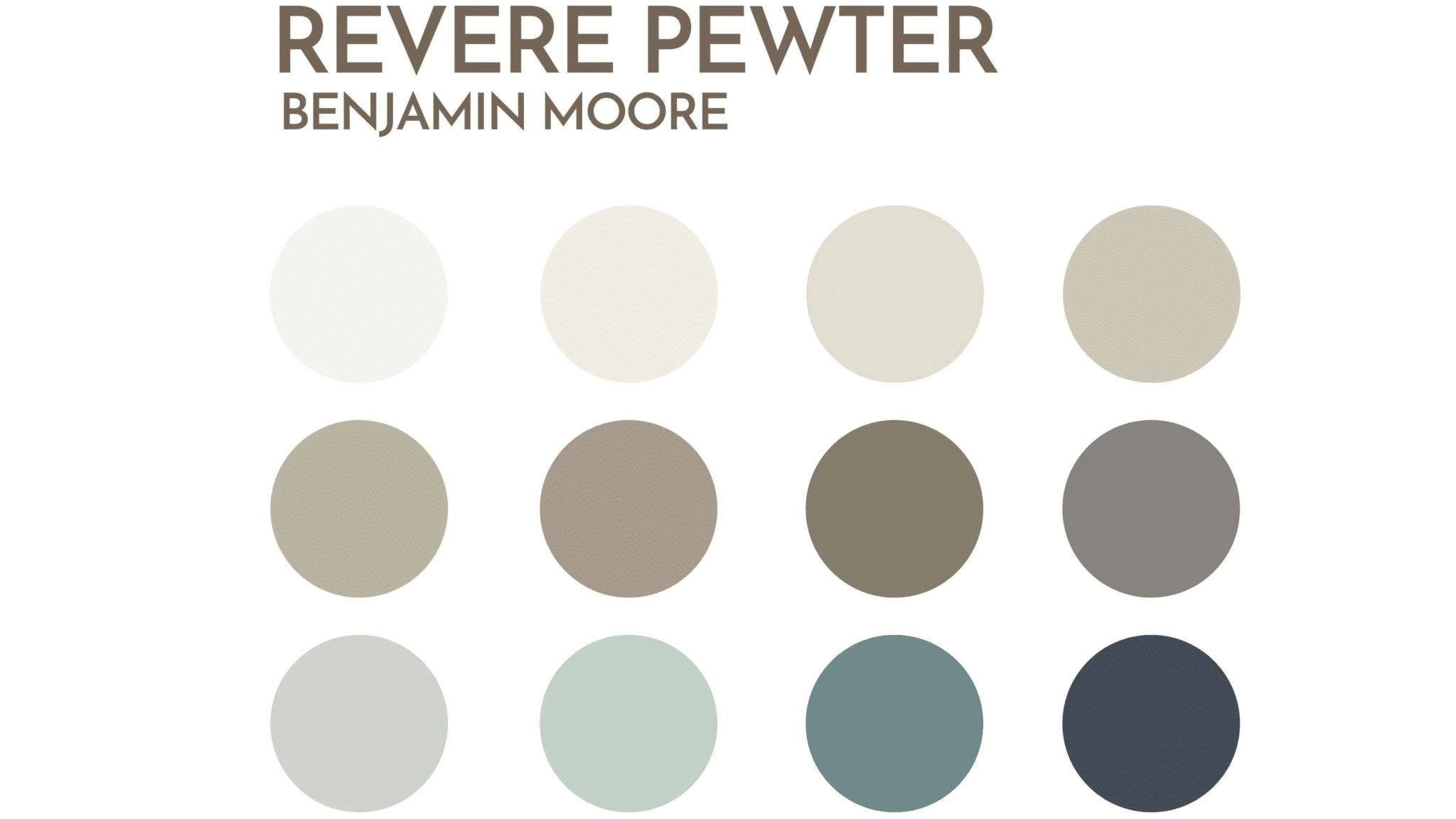
8. Accessories
Are you trying to achieve a sleek and stylish interior design that reflects contemporary living while keeping a nod to the colonial era? Look no further than modern colonial interior design. This style is marked by its sophisticated yet simple aesthetic, blending classic colonial elements with a modern twist. The key to this minimalistic look is in the accessories. Think tropical foliage, antique maps, and rattan baskets. Add in some patterned pillows, woven throws, and a few statement pieces such as a handcrafted headboard or a rustic coffee table made of reclaimed wood. Incorporating these specific accessories will elevate your space to a truly modern colonial design.
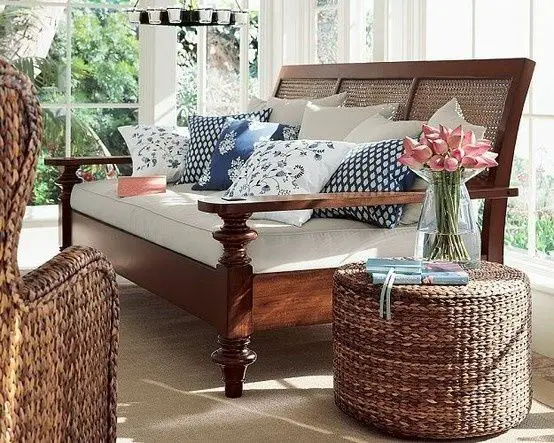
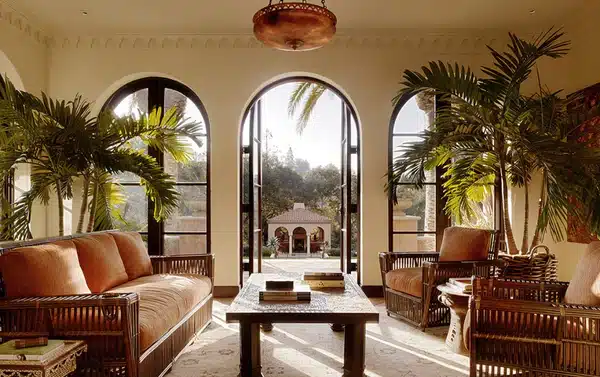
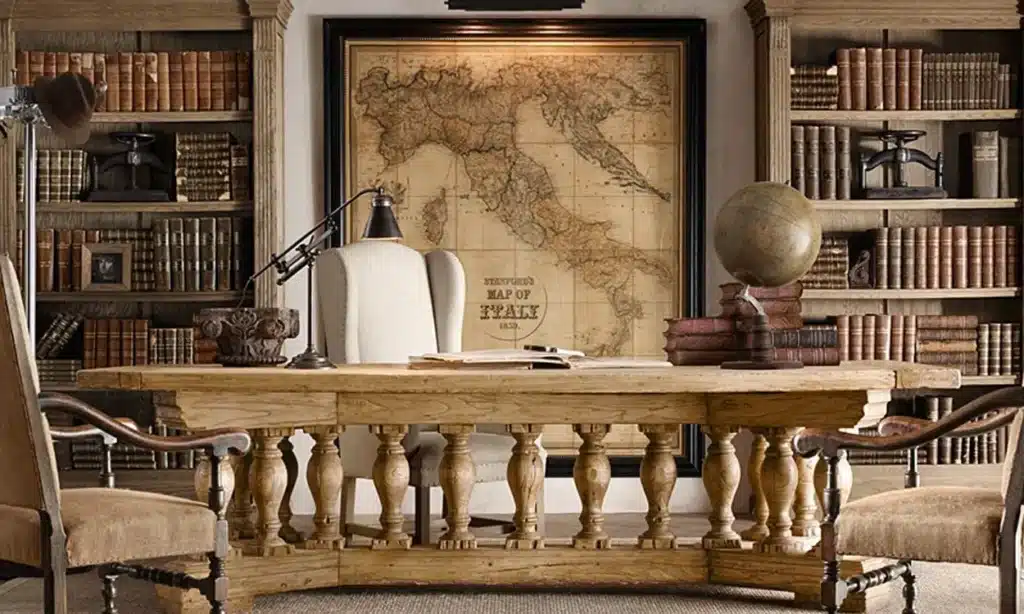
Incorporate these elements in a holistic way
By incorporating natural materials, such as wood and rattan, and adding in bold patterns and textures, you can create a warm and inviting atmosphere that feels both timeless and modern. Whether you want to update your living room or give your bedroom a makeover, contemporary modern colonial interior design can truly transform your home and give it a fresh, modern feel.
Best practices for accessorizing with modern colonial interior design
When it comes to accessorizing this style, there are a few best practices to keep in mind. First, opt for timeless pieces that complement the colonial aesthetic, such as brass candlesticks or a vintage map. But don’t be afraid to mix in some contemporary touches, like abstract wall art or a sleek end table. Another important consideration is balancing patterns and textures – aim for a mix of solids, stripes, and florals to create visual interest without overwhelming the space. With these tips in mind, you’ll be able to perfectly accessorize your contemporary modern colonial interior design!
Final Thoughts
Modern colonial interior design is growing in popularity around the world. It offers a beautiful way to merge modern and traditional elements in harmony – creating an original and stylish look.
The given 8 main components that define modern colonial interior design, must be seen holistically for a successful implementation of this style in your home. Flooring is essential along with walls, furniture, lighting, textiles, finishes, colors and accessories. Each item works together to create a fluid space that pays homage to the past while maintaining modern touches throughout. Before accessorizing with modern colonial interior design remember to keep balance in mind. Choose items that complement each other yet offer subtle variations that add depth and sophistication to the room. When done correctly these stunning spaces will captivate guests while adding beauty into the home.
What are the key elements of modern colonial interior design?
Key elements of modern colonial interior design include traditional craftsmanship, symmetrical layouts, classic furniture, natural materials, and a mix of old-world charm with contemporary design aesthetics.
How can I incorporate modern colonial style into my home?
Incorporate modern colonial style by juxtaposing classic furniture pieces with modern accents, utilizing natural materials, and embracing a harmonious blend of traditional and contemporary aesthetics.
What are examples of modern colonial interior design?
Examples of modern colonial design could be a living room with a classic colonial fireplace, updated with modern art and contemporary furnishings, or a kitchen with traditional cabinetry enhanced by modern appliances and lighting.
Interested in seeing even more modern colonial interior design? Follow us on Pinterest, so you don’t miss any more interior design news!



